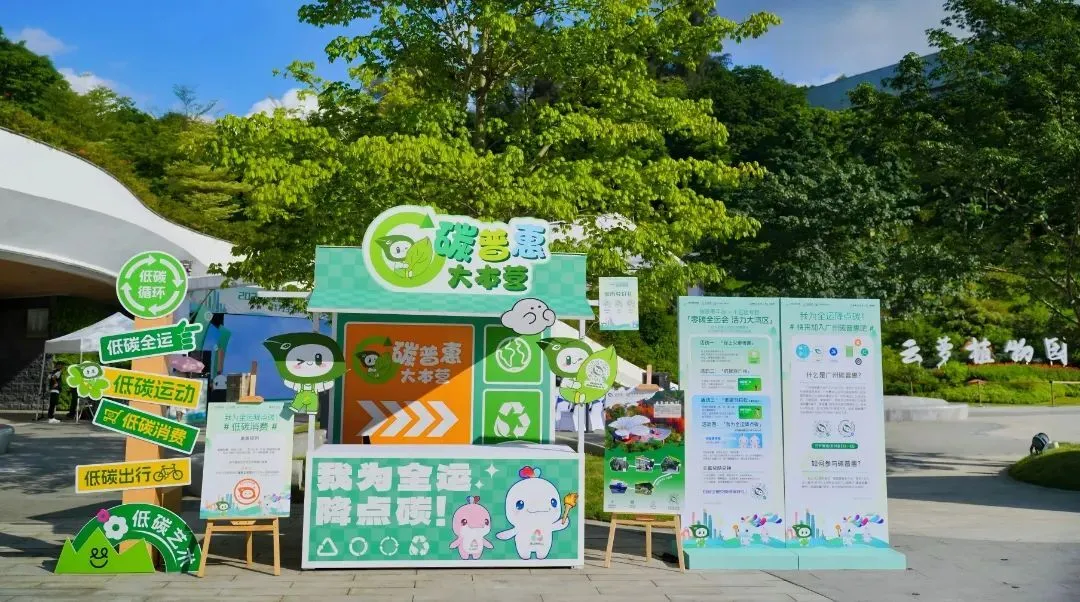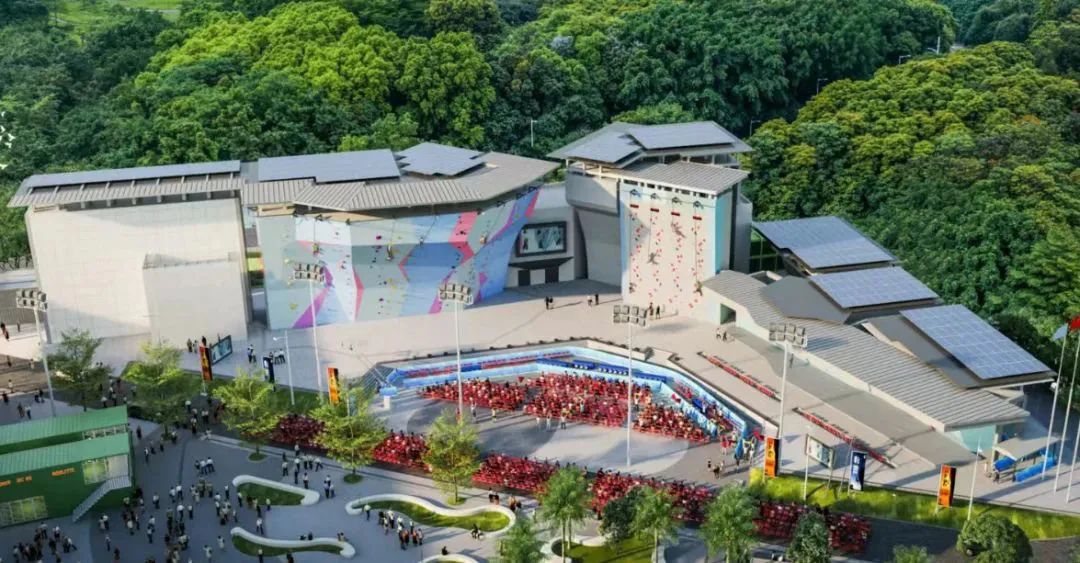Guangzhou unveils green blueprint for 15th National Games
Guangzhou is implementing sweeping low-carbon measures across urban infrastructure, sporting venues, and public engagement initiatives to host China's 15th National Games as a carbon-neutral event, officials announced on August 14.

Authorities detailed a multi-pronged strategy targeting eight key areas, including PM2.5 reduction and green energy coverage, through 31 quantifiable benchmarks. Central to the effort is the "Carbon for All" platform, which has registered over 472,000 users participating in nearly 9,000 green volunteer activities. The platform tracks individual carbon footprints and hosts challenges such as low-carbon marathons and emission reduction donations.
Venues Lead by Example
All 30 competition venues in Guangzhou are repurposed existing facilities, avoiding new construction emissions. Fourteen have completed green building upgrades, with two achieving pre-certification as zero-carbon buildings. The renovation of the Tianhe Sports Center Stadium has reduced its carbon footprint by 57% through energy-efficient systems and on-site solar panels.


Energy transformation is accelerating, with solar capacity surging nearly sixfold since 2020 to 3.6 gigawatts. Competition venues now run entirely on renewable electricity, supported by 13,000 square meters of new solar installations. Hydrogen innovation includes deploying China's first solid-state hydrogen storage power vehicle and 150 new-energy logistics trucks.
Transport and Urban Revamp
The city's transport network is undergoing a green shift: 77% of downtown trips now use eco-friendly options following metro expansions and optimized bus connections. Over 400 new-energy vehicles will service games personnel, complementing Guangzhou's fully electrified bus and taxi fleets. An intelligent dispatch system will coordinate all event transport.


Urban enhancements include 291 quality-upgrade projects and 17 revitalized neighborhoods. Air quality during preliminary competitions met standards, with PM2.5 averaging 16μg/m³. Waste management capacity stands at 32,000 tonnes daily, backed by 3,100 recycling stations citywide.
Carbon Sinks and Regional Cooperation
Forest coverage now reaches 41.6% across Guangzhou, with ecosystems absorbing over 4 million tonnes of CO₂ annually. A "Plant a Tree for the Games" campaign drew 110,000 participants. The city developed its first forestry carbon methodology, enabling five local forest farms to donate 82,600 tonnes of carbon credits to offset games emissions.


Additionally, the municipal forestry and landscape bureau has established a multi-level greening network encompassing competition venues, official hotels, and key urban areas. This initiative creates picturesque landscapes reflecting Lingnan's distinctive subtropical characteristics, ensuring optimal green coverage for the Games while mitigating urban heat island effects and supporting carbon neutrality efforts.
Photo | 15th National Games
Copyright © Foreign Affairs Office of Guangzhou Municipal Government,
Hong Kong and Macao Affairs Office of Guangzhou Municipal Government All rights reserved.
PRESENTED BY GDTODAY.
粤ICP备09176539号-5
![]() 粤公网安备44010402003415号
粤公网安备44010402003415号



